We caught up with the brilliant and insightful Brandon Coleman a few weeks ago and have shared our conversation below.
Alright, Brandon thanks for taking the time to share your stories and insights with us today. Are you able to earn a full-time living from your creative work? If so, can you walk us through your journey and how you made it happen?
Throughout my career as a dance artist, I’ve had my share of odd jobs and side hustles. It took me years to not only find work that I loved, but work that also paid me a livable wage.
I’m currently earning a full-time living as a performer and teacher in NYC but this wasn’t always the story. In 2015 I was basically living out of my car and crashing on my friends couches in Chicago. I just got a “full-time” contemporary dance job that paid me $200 a week and served late night pizza by the slice in Wrigleyville on the weekends.
Between these two jobs and random teaching gigs on the week days, I was able to get by and at least get an apartment of my own. It took me about two years to live solely on dance performing a teaching jobs. It was also around that time that I decided to leave Chicago and start over in NYC.
The move to NYC was tough. I slept on an air mattress in my little brothers living room in a town outside of Newark, NJ for a year. Commuting back and forth and working short term dance gigs didn’t leave much room for savings. In those early NYC years I danced on some of the biggest stages (like the Metropolitan Opera House at Lincoln Center), but still needed to work a few side hustles including wine delivery, dog walking, and waiting tables as a server.
As unideal as my work life way, I still felt like I was building my creative ventures as well. I started subbing and teaching my own class in the city, I made connections through taking classes and workshops, and I was starting to feel more fulfilled both financially and creatively.
Today, I am I perform seven times a week in a show here in NYC and teach a drop in style Contemporary class at Peridance Center. I think my persistence and gratitude for the opportunity to teach 2-4 people back in 2017 (when I started teaching in NYC) got me to where I am now with class sizes between 25 and 40 dancers.
I think the creative field is a trust business. The people that work consistently and get money for their creative projects or classes generate a lot of trust in the communities they build. If you want to earn your entire living as a dancer and creator, you need to show up and show people who you are again and again.

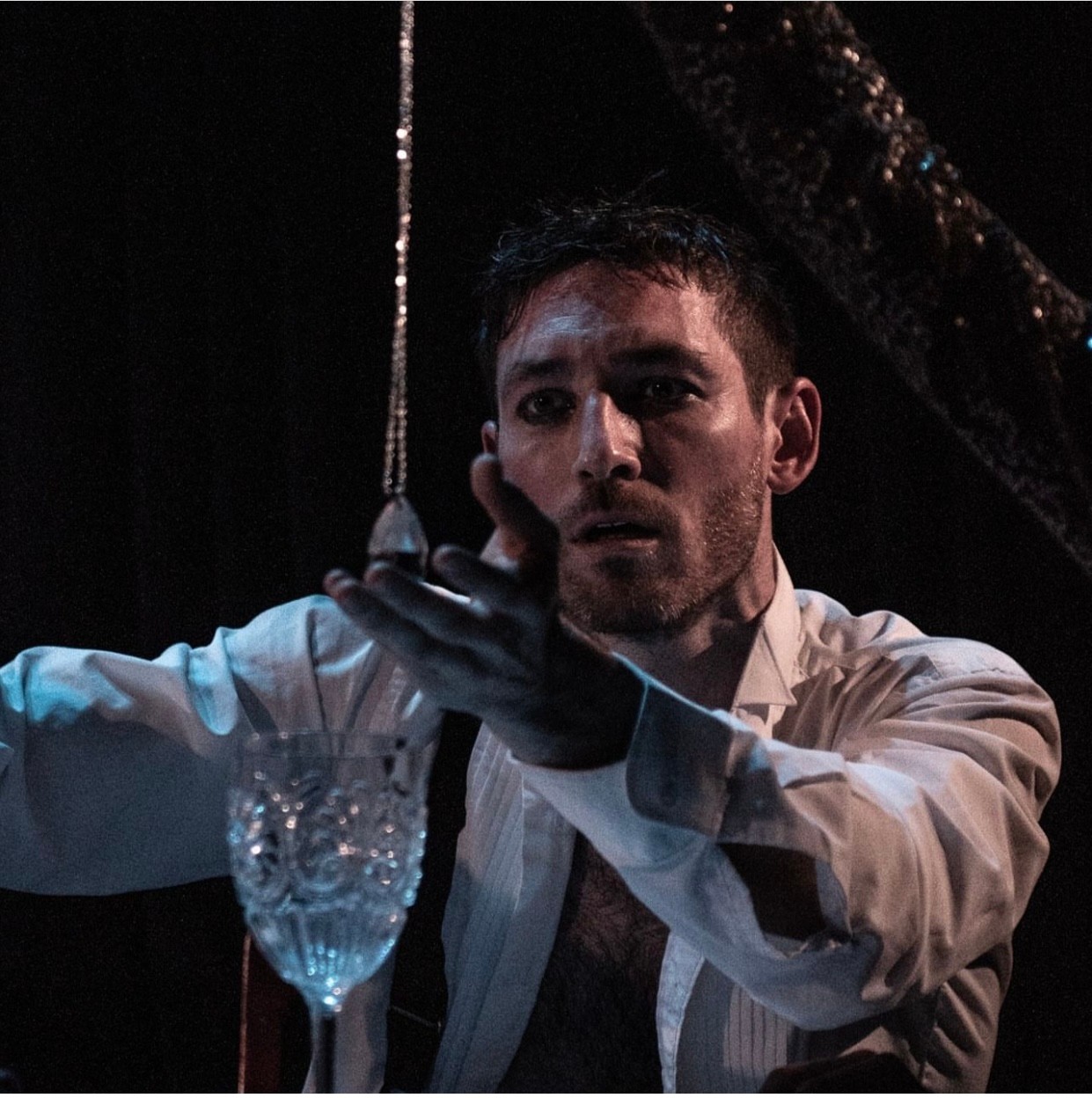
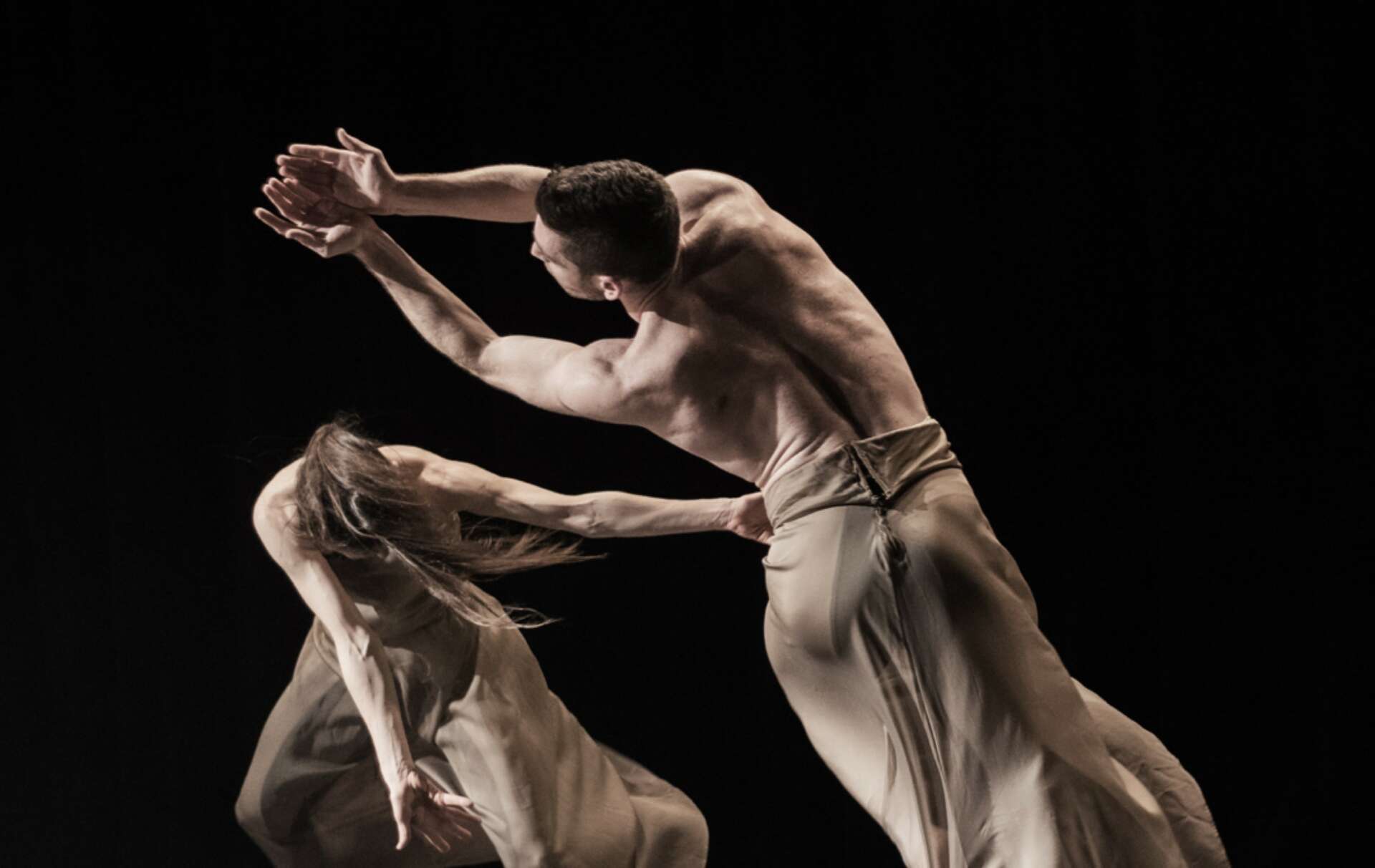
Brandon, before we move on to more of these sorts of questions, can you take some time to bring our readers up to speed on you and what you do?
I grew up in Katy, Texas and fell in love with dance and performing at a young age. I didn’t always see myself as becoming a professional dancer, but sometime in high school I came to the realization that it was all I really wanted to do.
I graduated with my BFA in Dance from the University of Arizona in 2015. Prior to graduating, I promised my mom that I would get a second degree in Communication as a back up plan. I can’t say that second degree has come in handy yet, but I know it gave my mom (who built a successful career as an engineer) a feeling of relief. I felt prepared for the professional work after my time in Arizona and had pretty consistent success in finding work.
I moved to Chicago and became a member of Visceral Dance Chicago for a couple years. It was a great place for me to start my journey and really figure out the dancer I wanted to be. Before I left Chicago, I got to also work with Hubbard Street Dance Chicago as a guest artist for their 2017 Summer Series. I was feeling really accomplished in my career so far but felt too comfortable too soon.
As content as I was, I kept being called to do other work in New York. I was meeting dancers and choreographers from the city and realized that pursuing a career in NYC was something I was ready for.
My first jobs were a dream. I joined KEIGWIN + COMPANY for a US tour, the Metropolitan Opera ballet for a couple new productions, and spent some time with VIM VIGOR Dance Company as well. When I joined Punchdrunk’s SLEEP NO MORE, I knew I landed a really special job where my financial, artistic, and community goals were met. I’m currently on my third year with the show.
As a teacher, it’s been a slower journey. I found my love of teaching while I was in high school and as I moved through college I really started to get more specific about what I wanted to share.
Some of my first classes in NYC however had very low turn out. In a strange way, I think the pandemic helped me gain momentum as a teacher. I started offering free/donation based classes online which gave me the opportunity to share my teaching and phrase work with an audience without them needing to pay NYC prices to experience it.
Today, I offer my class as a space for people to find both challenge movement vocabulary and the joy of dance. I take a lot of pride in the age demographic of my class as well with students in there early 20s to mid 40s. It’s truly a gift to share my ideas and build a community of people that want to hear them. I think a lot of dancers, including myself, feel really intimidated by the contemporary dance scene in New York and I’ve always felt that class was a time to explore and play. I don’t know about you, but I feel it’s difficult to achieve those things when you’re stressed, feel bad about yourself, or worried about messing up. I think dancers are attracted to my classes because they don’t have to prove anything to me or anyone else in the class. The can show up, sweat, laugh, and feel proud of the work they did (all before noon!)
I’m currently building an online mentorship programs for early career dancers who want to live fulfilling lives as professional dancers. I’m doing this through my podcast, “Breaking the Wall Podcast,” and both one-on-one and group coaching. In these sessions I help dancers build their own work, create needed audition materials like resumes and highlight reels, and help them get specific about what kind of work they want to do. It’s my belief that there is room for every creative to build a life they love and I want to help them get there faster.
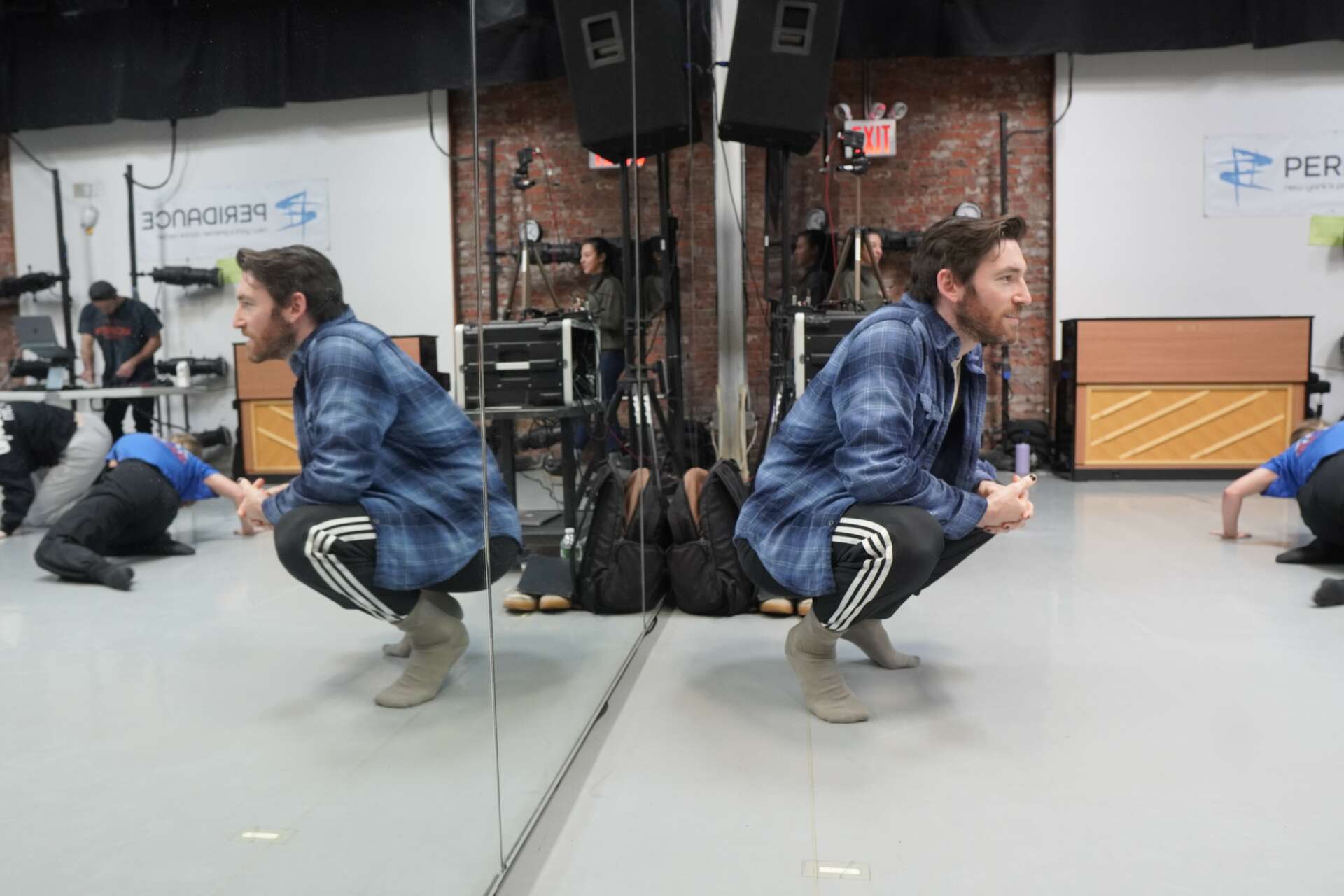
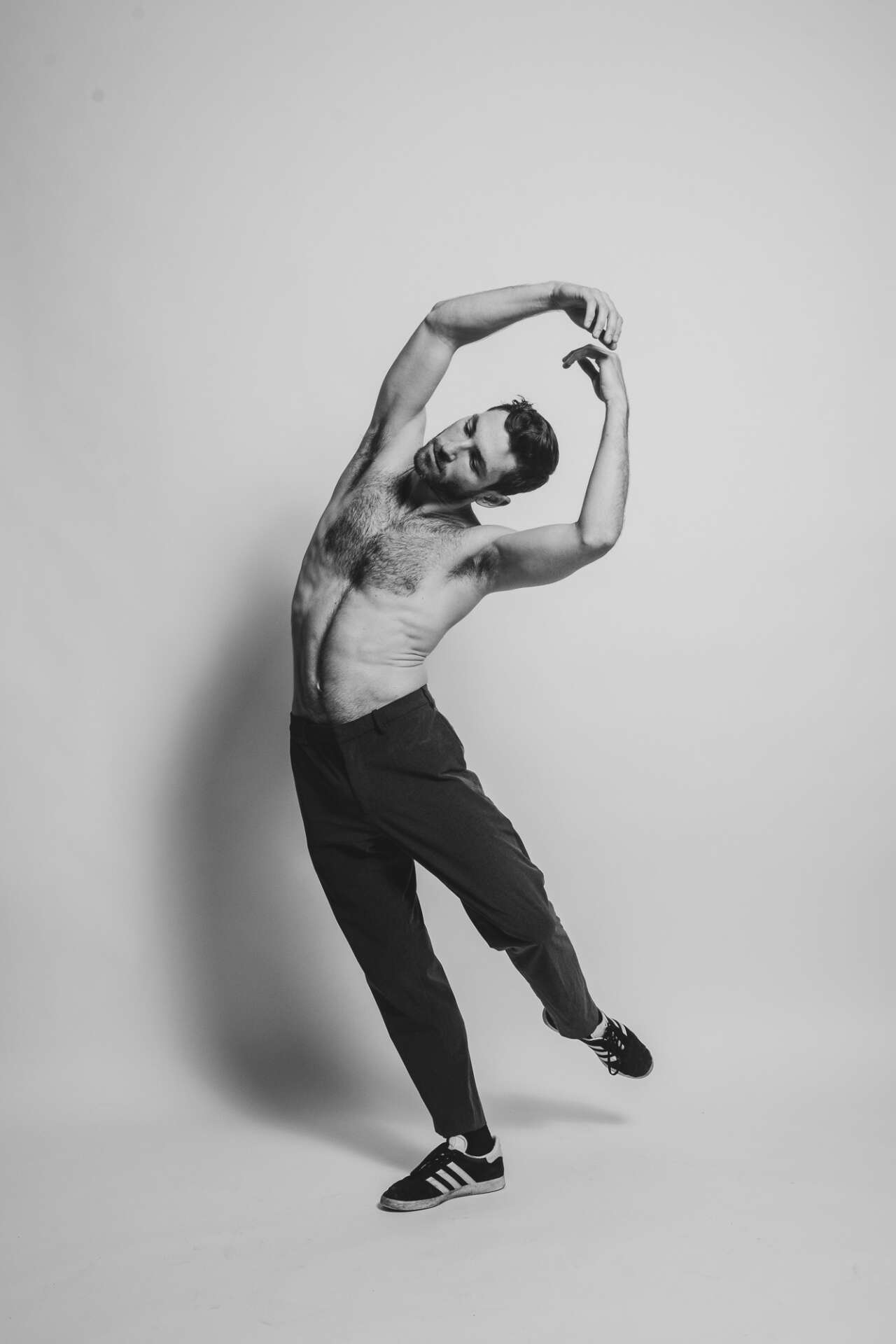
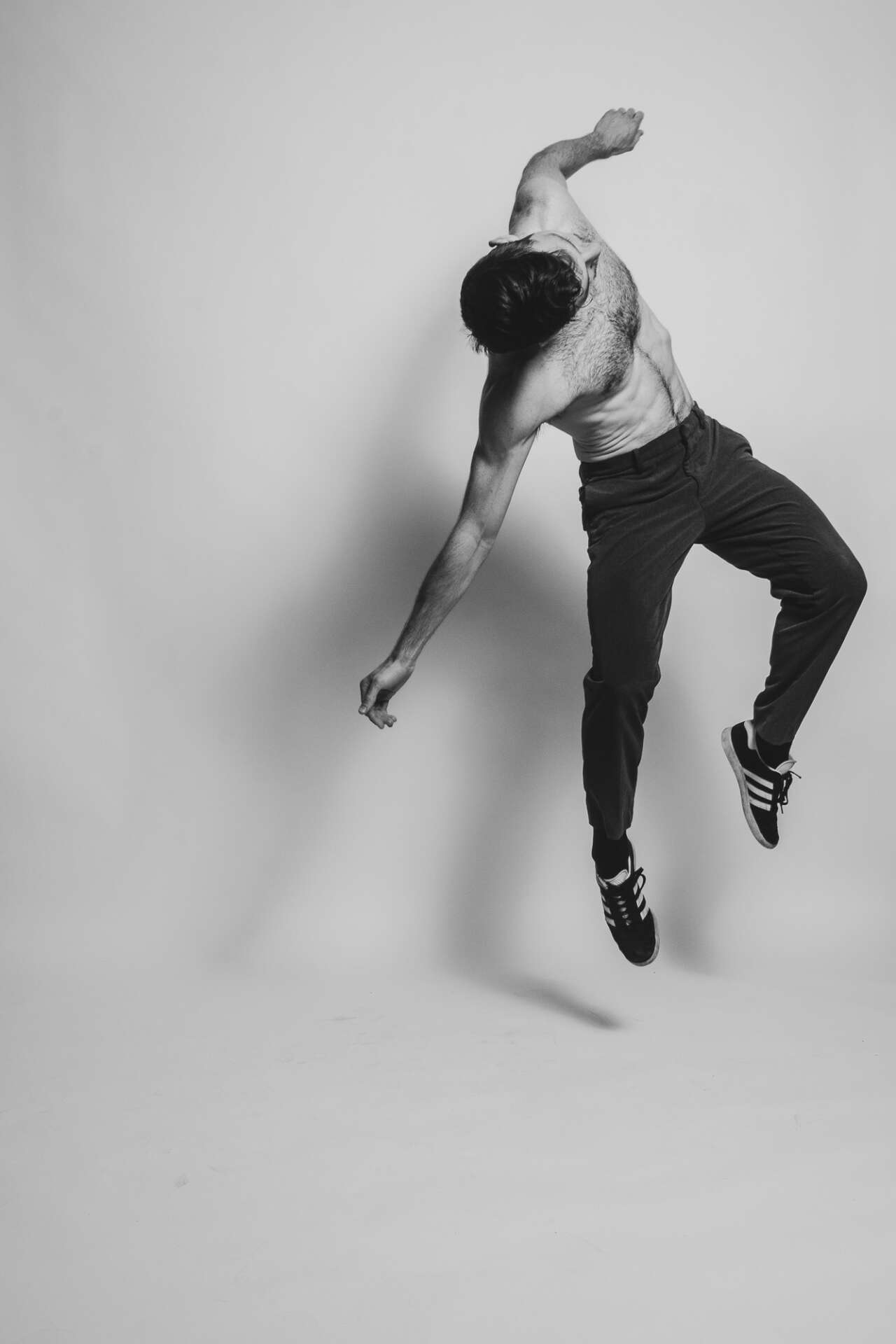

Learning and unlearning are both critical parts of growth – can you share a story of a time when you had to unlearn a lesson?
I truly believed my life as a performer would be over by 30. This is part of the messaging that I’ve heard about being a professional dancer from a young age and has taken a full decade to unlearn.
I didn’t have any of real life examples of professional dancers growing up. Outside of my own dance teachers, the next examples were backup dancers for Britney Spears (which I only knew through VHS recordings).
So when it came time for me to announce my plan to be a professional dancer, I didn’t know all the possibilities and my parents, teachers, and counselors knew even less. Dancers in media were young, competitive, and constantly battling career ending injuries. Because of this, life as a professional dancer seemed to be short and limiting.
It’s because of this that young dancers that dream of being a professional are constantly pressured to make a back up plan and consider more serious options when the truth is, it’s not about being serious, it’s about finding a false sense of security.
Thankfully in college I was in a space to learn about injury prevention, see examples of full careers, and discover how many options were available to me as a performer. Even with all of these things I still felt pressure to prove myself as quickly as possible to people who had doubts about my success as a professional dancer.
Now that I’m in my 30’s and performing more than I did in the early years of my career, I’m learning that being 30 is a prime age for a dancers career. We get so much information from the experiences we have in our 20’s that allow us to really thrive later on. I think if more dancers knew that half the battle is just staying in the field long enough, they’d find more ease and joy as they navigate their careers.
Have you ever had to pivot?
Like so many people, the pandemic was a time when many creatives like myself had to reassess. I went from performing 6 nights a week to not leaving my NYC apartment. I felt like I was just making my way into a performance career and had to reconsider what was a viable career path.
As frustrating as this was, it gave me an opportunity to ask, “what do people need and what can I offer.”
I was already teaching at the time and noticed that I was being flooded with Instagram messages from newly/soon to be graduating dancers who were trying to figure out what to do next in their careers. It was because of this that I started online mentorship programs to help dancers build a career when it appeared that all work has stopped.
I taught these dancers how to use social media, build their own work, and claim their space in the professional world. The truth is, that many seasoned professionals, including myself, did this when jobs weren’t knocking on our doors. As a creative, you have to be willing to create your own work and teach people how to see you before someone else gives you anything.
This looks like building our own solo shows and films. It also looks like renting studio space and hosting your own classes before a studio offers you a regular teaching spot on their roster. We were already doing this but dancer’s who were just starting out needed to learn this quicker.
The pandemic gave me the time to solidify my messaging and get my ideas out there through social media and a weekly podcast. Today, I’m still coaching through these platforms and have helped dancer book job at the Met Opera, in the Radio City Rockettes, and in contemporary dance companies across the US and abroad.
Being able to pivot and create something out of nothing is where dancers thrive. Having the ability to change course, let go, and problem solve will lead any dancer to a fulfilling and worthwhile career.
Contact Info:
- Website: Www.BrandonColemanDance.com
- Instagram: @itsBrandonColeman
- Other: [email protected]
Image Credits
Umi Akiyoshi Mallory Pettee Jordan Ryder


